Hot Keywords:
- All
- Product Name
- Product Keyword
- Product Model
- Product Summary
- Product Description
- Multi Field Search
Views: 0 Author: Site Editor Publish Time: 2025-04-11 Origin: Site
Gear lubrication is not only crucial for transmission efficiency but also directly impacts the service life and operational safety of gears. In the drive systems of rail transit, gearboxes endure continuous impact loads with high speeds and large torques. The condition of the lubrication system determines the stability of the entire system. This article will systematically explain the basic principles of gear lubrication, typical damage forms on tooth surfaces, and how to extend gear life through proper lubrication design.
Purpose and mechanism of lubrication
The fundamental purpose of gear lubrication is to form an oil film:
Reduce metal contact, reduce wear;
Absorb and disperse the interlocking heat to inhibit temperature rise;
Buffer the impact, suppress noise and vibration;
Protect the tooth surface, prevent corrosion and pollution;
The lubricating oil forms an elastic fluid dynamic lubrication (EHL) film at the meshing point of the teeth, effectively preventing direct metal contact within a certain thickness range.
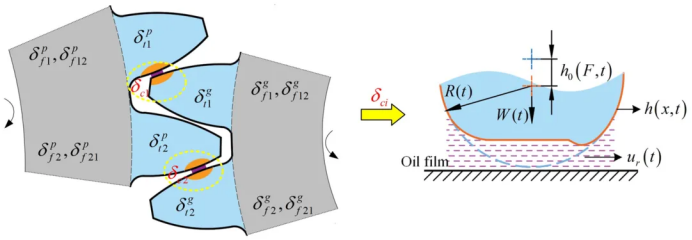
Lubrication state and oil film thickness
The following lubrication states may occur in the gear meshing area:
Boundary lubrication: the thinnest and the maximum coefficient of friction;
Mixed lubrication: the oil film thickness is close to the tooth surface roughness;
Elastic fluid dynamic lubrication (EHL): In the ideal state, metal contact is completely isolated.
The basis for judging the lubrication state is λ value (the ratio of oil film thickness to tooth surface roughness):
λ <1: Boundary lubrication;
1 λ 3: mixed lubrication;
λ> 3: Fluid lubrication;
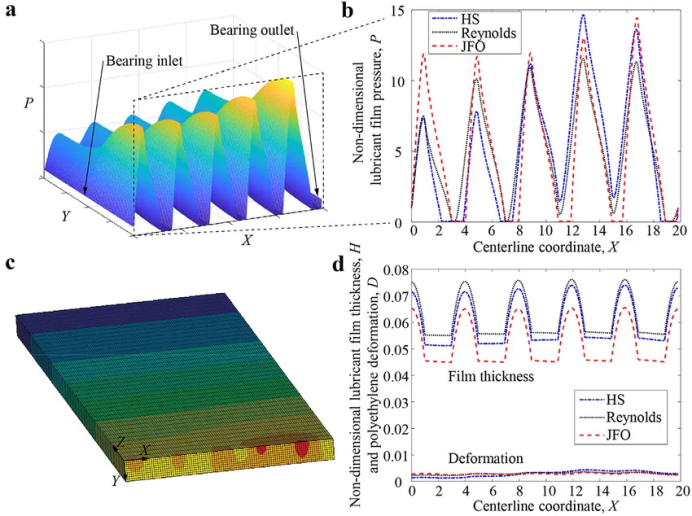
Typical damage types of tooth surface
Poor gear lubrication or oil deterioration can lead to a series of surface failures:
Gluing (Scuffing) Surface metal adhesion and peeling, resulting in severe damage to the mating surface.
Pitting (Pitting) Fatigue spalling, fine spots on the surface, usually caused by failure of oil film and excessive contact stress.
Microdissipation (Micropitting) is a superficial micro-damage, which is easy to be ignored but has great concealment. It will affect the fatigue life of gears in the long term.
Grinding wear (Abrasive wear) Impurities in the oil scratch the tooth surface.
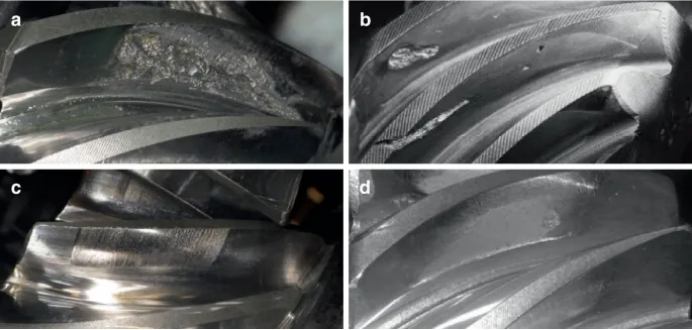
Factors affecting the effect of lubrication on damage
The factors affecting lubrication performance mainly include:
Type of lubricating oil and viscosity: synthetic gear oil VG220~460 is often used in rail transit gearboxes;
Matching of oil film thickness and contact load: it should be verified according to ISO/TR 15144;
Additives system: extreme pressure, anti-wear, oxidation and other additives are very important to inhibit the bonding;
Oil pollution control: particle impurities, water content, oil oxidation will aggravate tooth surface damage;
Operating temperature and oil aging: high oil temperature or long oil change cycle are risk factors;
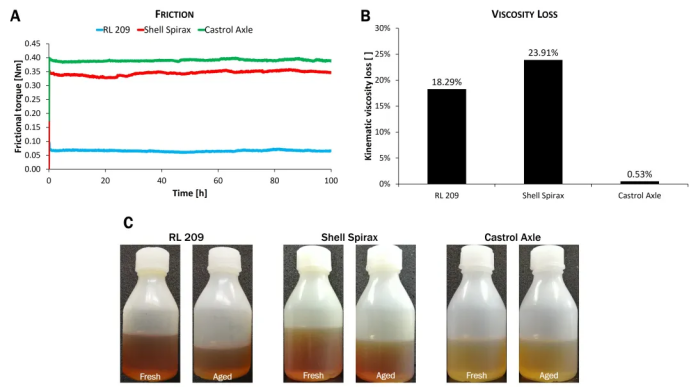
How to prevent tooth surface damage
To ensure the safety of gearbox lubrication, it is recommended as follows:
Correct oil selection: select viscosity grade (ISO VG220/320/460) according to load, speed and temperature;
Lubrication design verification: the lubrication state is evaluated by λ value to ensure that it is above medium level;
Regular oil analysis: viscosity, water, metal elements, particle pollution level;
Precision assembly: reasonable gear meshing clearance and meshing line shaping to avoid load peak;
Perfect cooling system: keep the oil temperature less than 80℃, prolong the life of oil, inhibit oxidation;
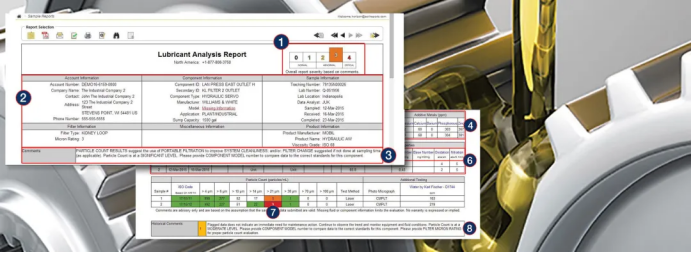
The role of lubrication monitoring in gearbox overhaul
In the overhaul of rail transit gearboxes, it is recommended that customers perform the following simultaneously:
Lubricating oil replacement record statistics;
Oil sample analysis before overhaul as the basis for fault tracing;
Maintenance of lubrication system sealing and filling points;